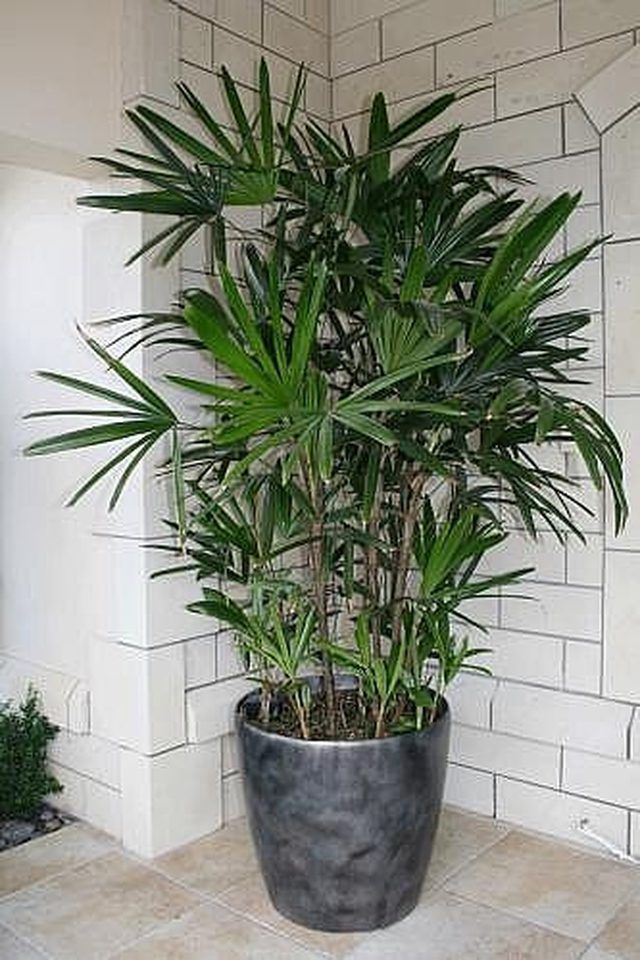Bulbs
Flower Basics
Flower Beds & Specialty Gardens
Flower Garden
Garden Furniture
Garden Gnomes
Garden Seeds
Garden Sheds
Garden Statues
Garden Tools & Supplies
Gardening Basics
Green & Organic
Groundcovers & Vines
Growing Annuals
Growing Basil
Growing Beans
Growing Berries
Growing Blueberries
Growing Cactus
Growing Corn
Growing Cotton
Growing Edibles
Growing Flowers
Growing Garlic
Growing Grapes
Growing Grass
Growing Herbs
Growing Jasmine
Growing Mint
Growing Mushrooms
Orchids
Growing Peanuts
Growing Perennials
Growing Plants
Growing Rosemary
Growing Roses
Growing Strawberries
Growing Sunflowers
Growing Thyme
Growing Tomatoes
Growing Tulips
Growing Vegetables
Herb Basics
Herb Garden
Indoor Growing
Landscaping Basics
Landscaping Patios
Landscaping Plants
Landscaping Shrubs
Landscaping Trees
Landscaping Walks & Pathways
Lawn Basics
Lawn Maintenance
Lawn Mowers
Lawn Ornaments
Lawn Planting
Lawn Tools
Outdoor Growing
Overall Landscape Planning
Pests, Weeds & Problems
Plant Basics
Rock Garden
Rose Garden
Shrubs
Soil
Specialty Gardens
Trees
Vegetable Garden
Yard Maintenance
How to Care for an Indoor Palm Tree
How to Care for an Indoor Palm Tree. Indoor palm trees provide a green and graceful touch to your home - but they require some weekly TLC. Here's how to care for your palm and keep it in top condition.

Indoor palm trees provide a green and graceful touch to your home - but they require some weekly TLC. Here's how to care for your palm and keep it in top condition.
Things You'll Need
A spot in your home that offers sunlight.
A watering can and time to weekly water the palm.
Fertilizer (on some occasions)
When choosing a spot for the tree in your home, try to find a sunny spot for it. However, palms don't need constant sunlight, making a place under a skylight or at a window that doesn't provide direct sunlight to the palm. Dependent on the type of palm, low light may be preferred.
While few homes replicate the tropical environment palms typically grow in outdoors, it is important not to place an indoor palm too close to an air conditioning vent or heating unit. This constant change in temperature can cause the palm to dry out.
Water is a necessity for all palms, but there is a proper balance to strike between too much and too little. You can, however, take cues from your palm's soil. Try to establish a set day every week to water the palm, and fill a watering can or jug with room-temperature water and being watering the palm.
If the water seems to overflow over the soil, or if your palm has a tray below the pot to capture dirt and excess water, pay careful attention to stop watering when this occurs.
While palm trees do not require frequent fertilization, you may want to fertilize two to three times a year with a fertilizer made specially for palms. Note that it's not necessary to fertilize in the winter because palms do not actively grow then.
Repotting a palm is recommended only if the palm appears to be outgrowing its current home. Take great care not to disturb the roots and be sure not to place the palm in too large a pot, which can make the soil difficult to stay aired out.
Tips & Warnings
Too much water in the soil can cause a palm's roots to rot - take care not to over-water.
While occasionally taking a palm outside to expose it to sunlight and fresher air may help to keep it healthy, try not to leave it outside too long. Believe it or not, the leaves can actually get a sunburn!